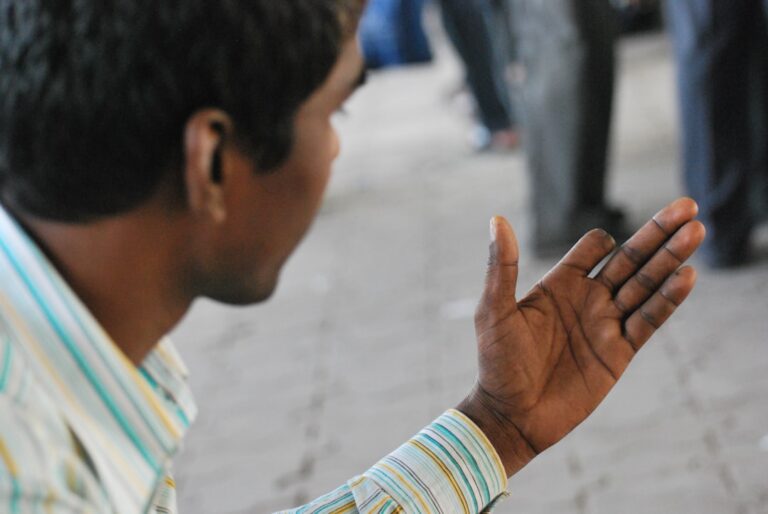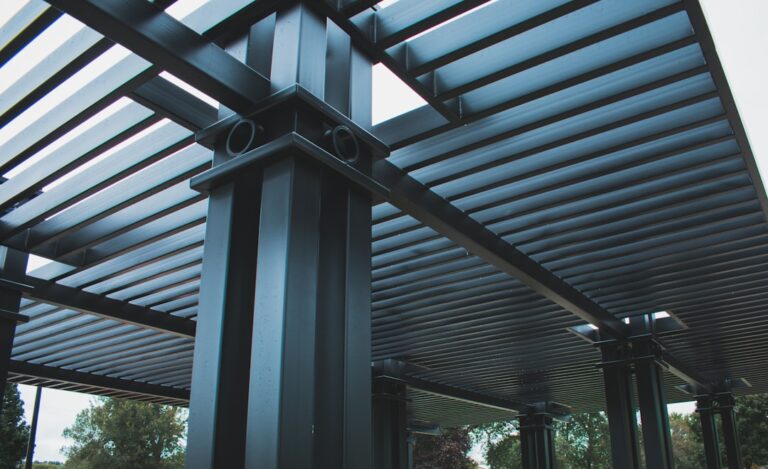Ace bandages are elastic bandages that are commonly used for providing support and compression to injured body parts. They are made of a stretchable material that allows for flexibility and movement while still providing stability and support. Ace bandages are widely used in the medical field for various purposes, including sprains, strains, and post-surgery recovery.
One of the main benefits of using Ace bandages for healing is their ability to provide compression. Compression helps to reduce swelling and inflammation by applying pressure to the injured area. This can help to alleviate pain and promote faster healing. Additionally, Ace bandages provide support to the injured body part, which can help to prevent further damage and promote proper alignment.
Key Takeaways
- Ace bandages provide numerous benefits in healing injuries
- Proper support is crucial for injured body parts to heal effectively
- Ace bandages work by providing optimal support and compression
- Choosing the right type and size of Ace bandage is important for effective healing
- Proper techniques for applying and adjusting Ace bandages can prevent further injury and maintain comfort
Understanding the Importance of Proper Support for Injured Body Parts
Proper support is crucial when it comes to healing injured body parts. When an injury occurs, such as a sprain or strain, the affected area becomes weak and unstable. Without proper support, the injured body part is more susceptible to further damage and can hinder the healing process.
Proper support helps to stabilize the injured body part, reducing the risk of further injury. It also helps to promote proper alignment, which is essential for optimal healing. When an injury occurs, the muscles and ligaments surrounding the affected area may become weakened or stretched. Providing proper support helps to alleviate stress on these structures and allows them to heal more effectively.
How Ace Bandages Work to Provide Optimal Support and Healing
Ace bandages work by providing compression and support to the injured body part. The elastic material of the bandage allows it to stretch and conform to the shape of the body, providing a snug fit that helps to hold everything in place.
Compression is one of the key mechanisms by which Ace bandages provide support and promote healing. When an injury occurs, swelling and inflammation often follow. Applying compression with an Ace bandage helps to reduce swelling by preventing fluid buildup in the injured area. This can help to alleviate pain and promote faster healing.
In addition to compression, Ace bandages also provide support to the injured body part. The bandage helps to stabilize the area, reducing the risk of further injury and promoting proper alignment. This is especially important for injuries such as sprains or strains, where the affected area may be weak and unstable.
Choosing the Right Type and Size of Ace Bandage for Your Injury
When choosing an Ace bandage for your injury, there are several factors to consider. First, you’ll want to determine the type of bandage that is most appropriate for your needs. There are different types of Ace bandages available, including self-adhesive bandages and wrap-style bandages. Self-adhesive bandages are easy to apply and adjust, while wrap-style bandages provide more flexibility and can be adjusted to provide a custom fit.
Next, you’ll need to determine the right size of Ace bandage for your injury. It’s important to choose a bandage that is neither too tight nor too loose. A bandage that is too tight can restrict blood flow and cause discomfort, while a bandage that is too loose may not provide adequate support. To determine the right size, measure the circumference of the injured body part and choose a bandage that corresponds to that measurement.
Proper Techniques for Applying and Adjusting an Ace Bandage
Applying an Ace bandage properly is essential for optimal support and healing. Here is a step-by-step guide on how to apply an Ace bandage:
1. Start by positioning the injured body part in a comfortable position.
2. Begin wrapping the Ace bandage around the injured area, starting at the furthest point from the heart.
3. Wrap the bandage in a spiral pattern, overlapping each layer by about half of the width of the bandage.
4. Continue wrapping until you reach the end of the bandage or until you have covered the entire injured area.
5. Secure the end of the bandage with the attached clips or with tape.
It’s important to adjust the Ace bandage as needed to ensure optimal support. If you experience any discomfort or if the bandage feels too tight, it may be necessary to loosen or readjust it. Additionally, if you notice any swelling or changes in sensation, it’s important to remove and reapply the bandage to ensure proper circulation.
Tips for Maintaining Comfort and Preventing Further Injury with Ace Bandages

While wearing an Ace bandage, there are several tips you can follow to maintain comfort and prevent further injury:
1. Avoid wrapping the bandage too tightly, as this can restrict blood flow and cause discomfort.
2. Make sure the bandage is snug but not overly tight. You should be able to fit a finger between the bandage and your skin.
3. If you experience any numbness, tingling, or increased pain while wearing the bandage, it may be too tight and should be readjusted.
4. Avoid wearing the bandage for extended periods of time without removing and reapplying it. This can help to prevent skin irritation and promote proper circulation.
5. If you notice any signs of infection, such as increased redness, swelling, or drainage from the wound, remove the bandage and seek medical attention.
Understanding the Risks of Overusing Ace Bandages and When to Seek Medical Attention
While Ace bandages can be beneficial for healing, there are risks associated with overusing them. Overusing an Ace bandage can lead to decreased muscle strength and flexibility in the injured area. It can also cause dependency on the bandage for support, which can hinder the natural healing process.
It’s important to know when to seek medical attention while using Ace bandages. If you experience severe pain, increased swelling, or difficulty moving the injured body part, it may be a sign of a more serious injury that requires medical intervention. Additionally, if you notice any signs of infection, such as increased redness, swelling, or drainage from the wound, it’s important to seek medical attention.
Combining Ace Bandages with Other Healing Techniques for Maximum Effectiveness
To maximize the effectiveness of Ace bandages for healing, they can be combined with other healing techniques. For example, applying ice to the injured area before wrapping it with an Ace bandage can help to reduce swelling and inflammation. Elevating the injured body part can also help to reduce swelling and promote proper circulation.
In addition to these techniques, it’s important to follow any specific instructions or recommendations provided by your healthcare provider. They may recommend additional treatments or therapies that can complement the use of Ace bandages and promote optimal healing.
Using Ace Bandages for Post-Surgery Recovery and Rehabilitation
Ace bandages can be particularly beneficial for post-surgery recovery and rehabilitation. After surgery, the affected area is often weak and vulnerable. Ace bandages can provide support and stability to the area, helping to prevent further injury and promote proper healing.
In addition to providing support, Ace bandages can also help to reduce swelling and inflammation that may occur after surgery. This can help to alleviate pain and promote faster healing. It’s important to follow any specific instructions provided by your healthcare provider regarding the use of Ace bandages for post-surgery recovery.
Maximizing Your Healing Potential with Ace Bandages and Proper Support
In conclusion, Ace bandages are a valuable tool for healing and recovery. They provide compression and support to injured body parts, helping to reduce swelling, alleviate pain, and promote faster healing. By choosing the right type and size of Ace bandage, applying it properly, and following proper techniques for adjustment and maintenance, you can maximize the benefits of Ace bandages for healing.
It’s important to remember that Ace bandages are not a substitute for proper medical care. If you have a serious injury or if you are unsure about how to properly use an Ace bandage, it’s important to seek medical attention. Your healthcare provider can provide guidance and recommendations specific to your injury and help you maximize your healing potential. With proper support and the use of Ace bandages, you can aid in your own healing process and get back to full health sooner.
If you’re looking for more information on ace bandages and their uses, you might find this article on Tom’s Rant quite helpful. It discusses the various benefits and applications of ace bandages in detail. Check it out here to learn more about how ace bandages can provide support and stability for injuries or strains.
FAQs
What is an ace bandage?
An ace bandage is a type of elastic bandage that is commonly used to provide support and compression to injured or strained muscles and joints.
What are the benefits of using an ace bandage?
Ace bandages can help reduce swelling, provide support to injured areas, and help prevent further injury. They are also relatively inexpensive and easy to use.
How do you use an ace bandage?
To use an ace bandage, wrap it snugly around the affected area, making sure to overlap the previous layer by about half. Be careful not to wrap too tightly, as this can restrict blood flow.
What types of injuries can an ace bandage be used for?
Ace bandages can be used for a variety of injuries, including sprains, strains, and muscle pulls. They can also be used to provide support to joints that are prone to injury, such as the ankle or knee.
Are there any risks associated with using an ace bandage?
If an ace bandage is wrapped too tightly, it can restrict blood flow and cause further injury. It is also important to make sure that the bandage is not left on for too long, as this can lead to skin irritation or other complications.













+ There are no comments
Add yours